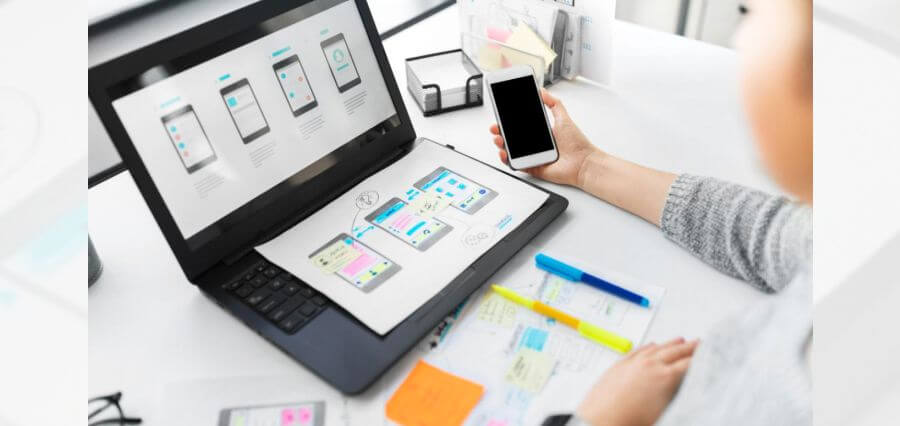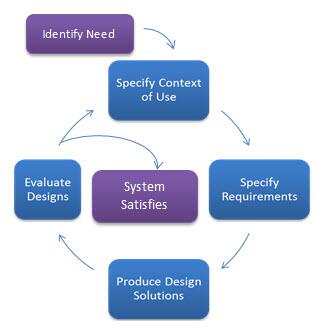User-Centered Design: Principles and Best Practices
Introduction
User-centered design (UCD) is an approach that prioritizes the needs and preferences of the end-users throughout the design process. By focusing on the users, UCD aims to create products and experiences that are intuitive, efficient, and enjoyable. This article explores the principles and best practices of user-centered design.
1. Understand Your Users
Before diving into the design process, it is crucial to gain a deep understanding of your target audience. Conduct user research, interviews, and surveys to gather insights about their goals, preferences, and pain points. This information will guide your design decisions and ensure that the end product meets their needs.
2. Define Clear Objectives
Clearly define the objectives of your design project. What problem are you trying to solve? What are the desired outcomes? Setting clear goals will help you stay focused and make informed design choices that align with the users’ needs.
3. Create User Personas
User personas are fictional representations of your target users. They help you understand the different user types, their motivations, and behaviors. By creating personas, you can design with specific user needs in mind, tailoring the experience to different user groups.
4. Conduct Usability Testing
Usability testing involves observing users as they interact with your design prototype or product. This process helps identify usability issues, pain points, and areas for improvement. By involving users early on, you can iterate and refine your design based on their feedback, leading to a more user-friendly end product.
5. Prioritize Accessibility
Designing for accessibility ensures that your product can be used by individuals with disabilities. Consider factors such as color contrast, font size, and screen reader compatibility. By making your design accessible, you create an inclusive experience for all users.
6. Use Clear and Consistent Navigation
Navigation plays a crucial role in guiding users through your design. Use clear and intuitive navigation menus, labels, and buttons. Consistency in design elements across different pages or screens helps users understand and navigate your product more easily.
Summary

User-centered design is a methodology that places the user at the center of the design process. By focusing on the needs, goals, and preferences of the users, UCD aims to create products and services that are intuitive, efficient, and enjoyable to use. This approach involves conducting user research, such as interviews and usability testing, to gain insights into user behaviors and expectations. These insights are then used to inform the design decisions, ensuring that the final product meets the users’ needs effectively.
Throughout this blog post, we will delve into the key principles of user-centered design, including empathy, iterative design, and usability testing. We will also discuss the best practices for implementing UCD, such as involving users throughout the design process, creating personas, and conducting user testing at various stages of development. By following these principles and best practices, designers can create user-centric experiences that not only meet the users’ needs but also exceed their expectations.
- Q: What is user-centered design?
- A: User-centered design is an approach that focuses on understanding the needs, goals, and behaviors of users in order to create effective and enjoyable products or services.
- Q: What are the key principles of user-centered design?
- A: The key principles of user-centered design include involving users throughout the design process, understanding the context of use, designing for specific user groups, and iteratively testing and refining designs based on user feedback.
- Q: Why is user research important in user-centered design?
- A: User research helps designers gain insights into user needs, preferences, and behaviors. It provides a foundation for making informed design decisions and ensures that the final product meets user expectations.
- Q: How can personas be useful in user-centered design?
- A: Personas are fictional representations of target users that help designers understand user goals, motivations, and behaviors. They provide a common reference point and aid in making design decisions that align with user needs.
- Q: What is the role of prototyping in user-centered design?
- A: Prototyping allows designers to quickly create and test low-fidelity or high-fidelity representations of a product or service. It helps gather feedback, identify usability issues, and refine the design before investing significant resources in development.
- Q: How does usability testing contribute to user-centered design?
- A: Usability testing involves observing users as they interact with a product or service to identify usability problems. It helps designers understand how well the design meets user needs and provides insights for making improvements.

Welcome to my website! I’m Harrison Probert, a passionate and experienced Digital Marketing Manager specializing in Behavioral Psychology, Conversion Rate Optimization (CRO), User Behavior, Persona Development, and Site Usability. With a deep understanding of human behavior and a keen eye for data-driven strategies, I strive to create impactful digital experiences that drive results.

